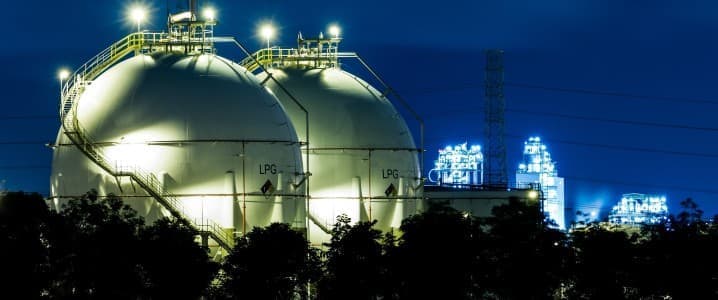Japan is planning to step up its imports of U.S. natural gas by potentially taking a stake in a $44-billion LNG project in Alaska—and it is not the only Asian energy importer to consider boosting U.S. energy supplies.
President Trump is happy to enable this boost, with Asia turning into Trump’s new energy dominance focus.
On his first day in office, President Trump signed an executive order aiming to unleash “Alaska’s extraordinary resource potential,” which includes “prioritize the development of Alaska’s LNG potential, including the permitting of all necessary pipeline and export infrastructure related to the Alaska LNG Project, giving due consideration to the economic and national security benefits associated with such development.”
Less than two weeks later, Reuters reported that Japan had expressed interest in participating in the project as a stakeholder and long-term buyer. It’s not just about diversifying sources of energy imports. It’s also about avoiding Trump’s tariff threat, especially after the trade partners of the United States saw he was not joking when he slapped tariffs on Mexico and Canada.
Last week, the Interior Secretary and the head of the new National Energy Dominance Council, Doug Burgum, indicated that Asia would be the focal point of energy dominance efforts in Washington. “When we sell LNG to our friends and allies – from places like Alaska into Japan and South Korea and the Philippines – it not only helps stabilise the world, it also reduces our trade deficits,” he said during a speech to senators, as quoted by Reuters.
Related: Trump’s Oil Tariffs Could Cost Foreign Producers $10 Billion Annually
It is worth noting that just because the Trump administration wants to see a boost in U.S. exports of liquefied natural gas to Asia, it does not mean it no longer cares about their growth in the European destination. Exports of LNG to Europe are important. They are simply not as important as exports to Asia. Because Asia is the region with the fastest economic growth on the planet. Europe, to put it mildly, is not.
Last year, Europe guzzled as much as 55% of total U.S. exports of liquefied natural gas. That compared to 34% for Asia, and most of the remainder went to Latin American countries. This year started strongly for European purchases, too, as gas storage depleted fast, with Europe taking in 86% of all U.S. LNG exports in January. At one point, traders even began diverting cargoes from Asia to Europe because demand in Asia was lukewarm, while in Europe, it was soaring—and prices were following.
However, this is a short-term development. Europe is desperate to get its hands on some gas, any gas, right now because winter season is not over yet, and its gas in storage level is at 40%, which is much lower than it was in the last two years. Then it would be replenishing season and this will keep European demand high, curbing demand from Asia. Again, this is a short-term development. Because Europe cannot survive economically by buying expensive energy. At some point, prices will curb demand—as will, theoretically, energy transition targets.
Asia is doing much better in terms of economic development, not least because it has been less enthusiastic about the energy transition. Asian economies are growing, and they are wary of instituting hard targets for emission reduction. They also appear to have a much more realistic attitude to their future energy needs, as demonstrated by the Japanese government in its communication with Washington.
“If the Trump administration were to have its way, U.S. LNG would flow in massive quantities to Japan and South Korea and then would flow downstream… so that Southeast Asia would become economically dependent on the United States,” Kenneth Weinstein, who heads Japan analysis at the Hudson Institute think tank, told Reuters. “It’s redrawing the map of energy dependence.”
This might be a bit too strong a description of the situation. One reason that Asia economies have been doing better in terms of energy supply than Europe is that they are open to all sources of energy as long as the price is right. Just because they will be importing more LNG from the United States it would not mean they would be shunning other major exporters such as Qatar and Australia—growing economies take a lot of energy to fuel. And they know how important diversification is.
Exports of liquefied natural gas from the U.S. have been running at a record lately. This is good news for both importers and exporters, but it is not necessarily the new normal. Demand for electricity—and natural gas, consequently—is set to grow substantially in the U.S. itself, and prices would need to remain affordable to avoid a Norway electricity price scenario. The Trump administration would certainly encourage more gas production to keep feeding record exports and domestic supply, but the potential for this production growth is not exactly endless.
So, the new U.S. administration may be aiming for global energy dominance, but what this would most likely mean is simply greater supply to key importers rather than creating dependencies. In the end, it always comes down to price.
By Irina Slav for Oilprice.com
More Top Reads From Oilprice.com
